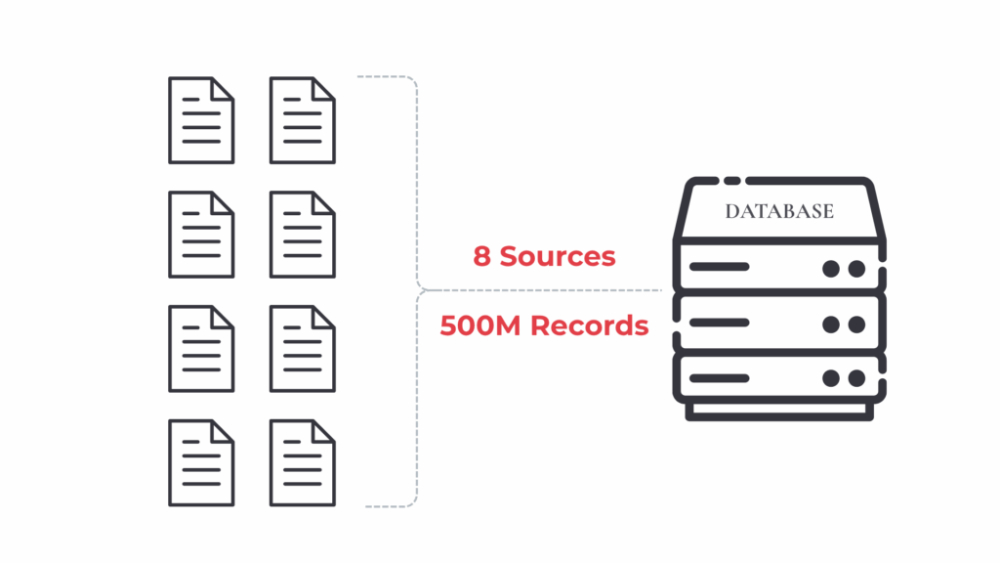- in United States
- with readers working within the Technology industries
Fraud isn't just a financial problem—it's a trust problem.
Improper payments, duplicate identities, or misuse of public funds: fraud undermines the integrity of government programs and erodes public confidence. In an era of growing data complexity and ever-evolving schemes, traditional methods of detection can't keep up. Today's environment calls for a smarter, more connected approach—one that fuses technology, data, and human expertise to stay ahead.
In our last post, we introduced our five pillars of AI-powered fraud prevention. We explored pillar 1, how smart automation enhances, rather than replaces, human expertise in the fight against fraud. By surfacing high-risk behaviors and freeing up investigators to focus on strategic decisions, solutions like the Contracts and Grants Analytics Portal (CGAP) empower agencies to take a more proactive stance. But automation is just one part of the fraud prevention puzzle. Behind every intelligent insight is a technical foundation that makes those capabilities possible.
In this post, the second in a three-part series, we go under the hood to explore the architecture that powers proactive detection—from scalable data pipelines to machine learning (ML) models and real-time analytics. If automation is the compass, this is the map. Understanding both is key to staying ahead of fraud, waste, and abuse.
Pillar 2: Unifying Data to Expose Hidden Threats
Modern fraud schemes thrive in the cracks. They're buried in fragmented systems, legacy databases, and inconsistent reporting.

That's why a unified data architecture is essential. Consolidating data across silos allows key systems—grants, payments, vendors, audits—to speak a common language. With clean, scalable cloud pipelines, agencies can ingest, transform, and analyze large volumes of data without bottlenecks. This connected view doesn't just improve operational efficiency; it brings hidden relationships and suspicious patterns to light.
With this foundation in place, agencies can begin to detect fraud before it happens. Excella uses ML to help clients proactively identify risky behavior—like flagging grants for expert review. By applying similarity scoring and behavioral modeling, our systems move beyond static rules, uncovering subtle anomalies and patterns that traditional tools often miss.
Pillar 3: Proactive Anomaly Detection to Expedite Intervention
Surfacing insights is only half the battle. To act quickly, agencies need real-time alerting and intelligent prioritization. Not all anomalies require the same response, and effective systems distinguish high-risk behavior from false positives. By layering in scoring models and relevance thresholds, investigators can focus on the most urgent and impactful threats. The result: smarter resource allocation, faster interventions, and a proactive approach to protecting public funds.
USCIS: Modern Fraud Detection at Scale
The U.S. Citizenship and Immigration Services (USCIS) is a clear example of how this technical foundation works in practice. USCIS manages a vast volume of information with millions of data points. Their sources are often other federal agencies–creating data silos, duplication, and inconsistency.

Visual representation of all sources that funnel and replicate data into PCIS database.
USCIS partnered with Excella to solve these data challenges through the Person Centric Identity Services (PCIS) program. PCIS locates and unifies records across DHS data holdings, building a comprehensive data set and assigning a single, unique identifier to each. This meant replicating 500 million records from eight USCIS source systems, cleaning and conforming the data, and making automated match determinations. When the system couldn't make automated matches with a high degree of confidence, those instances were sent to the manual resolution queue for expert review.
Clean, connected data is the foundation—and automation is what makes it scale. To that end, the system supports historical batch and real-time processing—handling up to 500 requests per second and around 25 million per day in production. Reusable components streamline the ML lifecycle, cutting model deployment from a month to just one week. With built-in guardrails to prevent false matches and a human-in-the-loop design, the system handles straightforward cases automatically, leaving only the most complex for expert adjudication. The result: faster, smarter fraud prevention with more time for high-value work.
The Bottom Line
While connected systems and real-time anomaly detection allow agencies to move from reactive to proactive oversight, it's important to reiterate that modern fraud prevention isn't about replacing humans. It's about empowering them with the data and tools they need to act faster and smarter. This is what accelerates agencies' ability to protect valuable tax dollars.
In our final post, we'll explore how to operationalize these insights across the fraud lifecycle—from alert management to case resolution and long-term monitoring. If you want to learn more about how a unified data architecture and proactive anomaly detection can help your agency, get in touch today. We're passionate about applying AI, data science, and human-centered design to prevent fraud, waste, and abuse—and we'd love to help you do the same.
The content of this article is intended to provide a general guide to the subject matter. Specialist advice should be sought about your specific circumstances.


